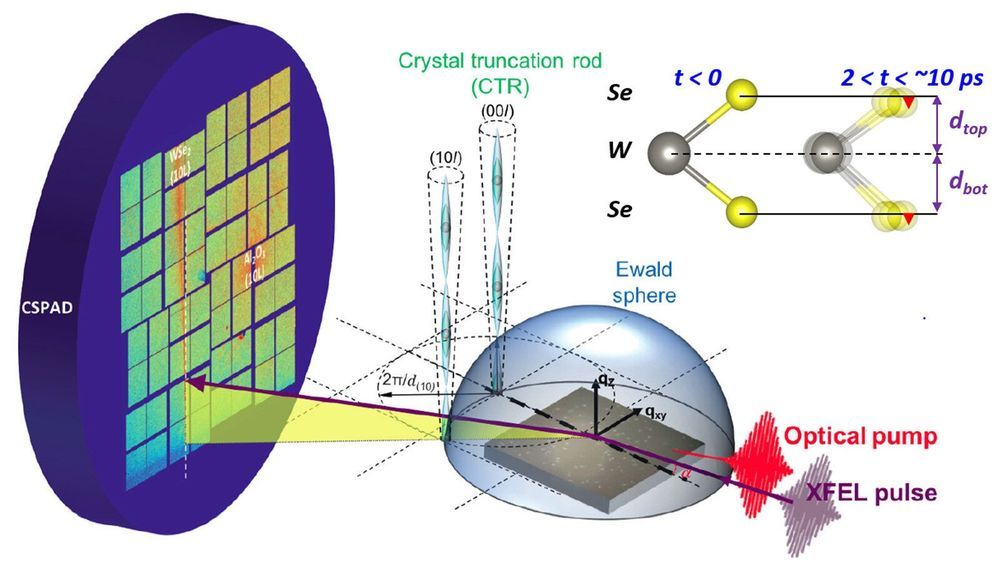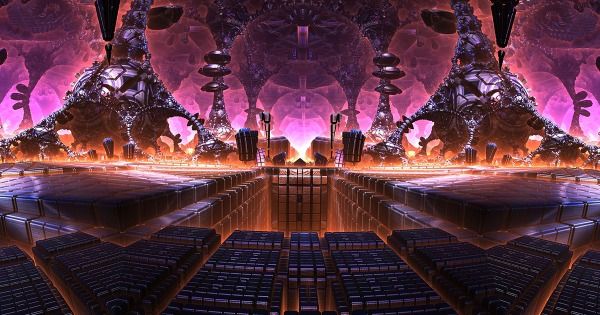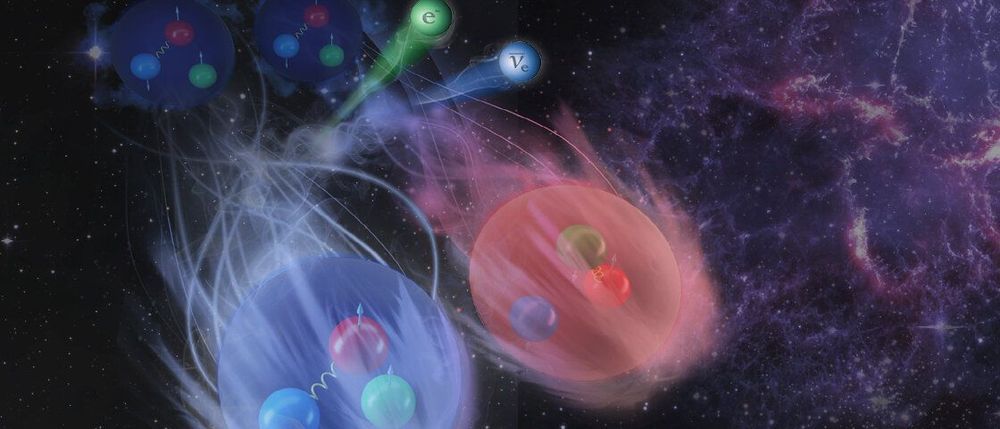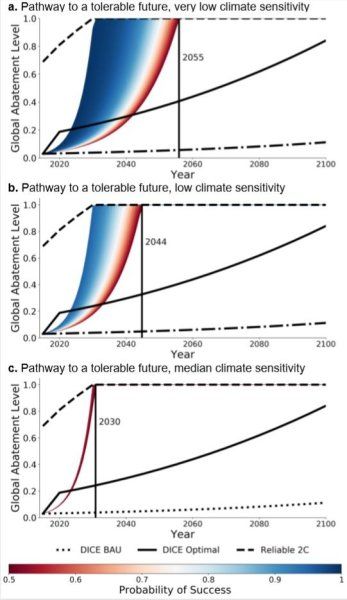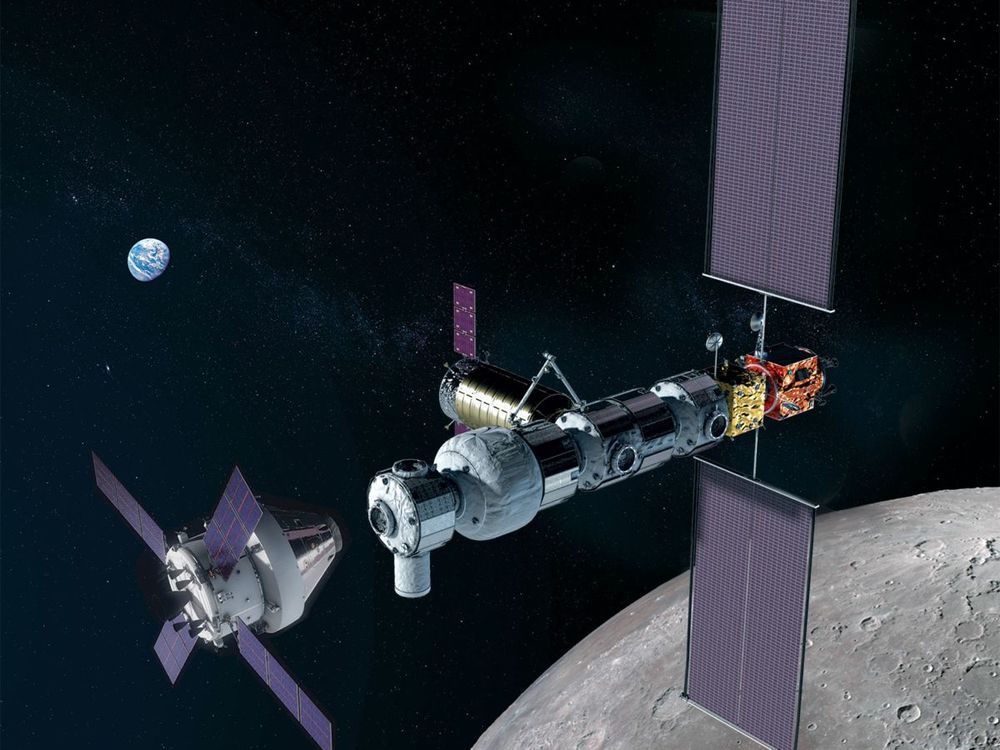One of the key misconceptions about solar geoengineering—putting aerosols into the atmosphere to reflect sunlight and reduce global warming—is that it could be used as a fix-all to reverse global warming trends and bring temperature back to pre-industrial levels.
It can’t. Applying huge doses of solar geoengineering to offset all warming from rising atmospheric C02 levels could worsen the climate problem—particularly rainfall patterns—in certain regions. But could smaller doses work in tandem with emission cuts to lower the risks of a changing climate?
New research from the Harvard John A. Paulson School of Engineering and Applied Sciences (SEAS), in collaboration with MIT and Princeton University, finds that if solar geoengineering is used to cut global temperature increases in half, there could be worldwide benefits without exacerbating change in any large geographic area.

